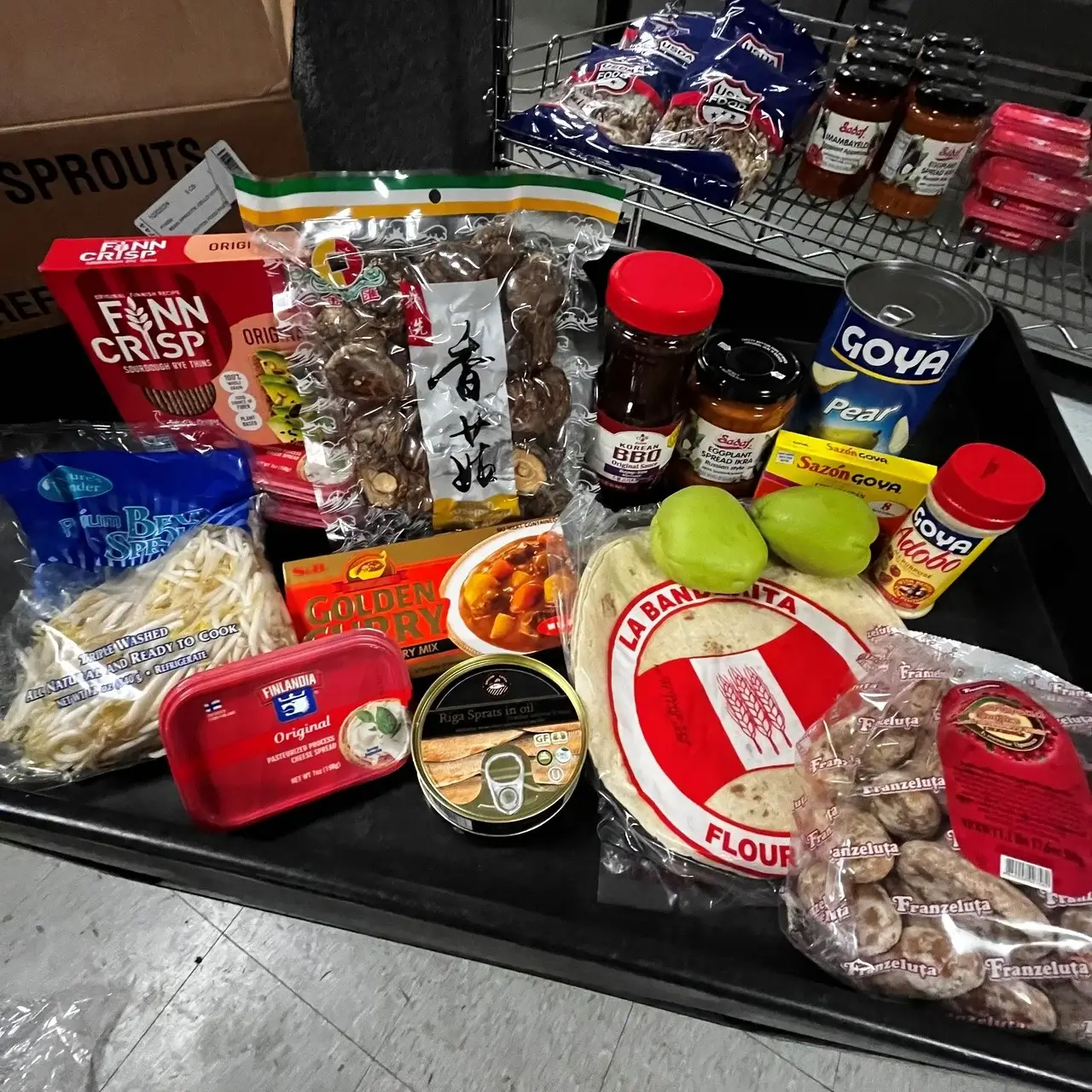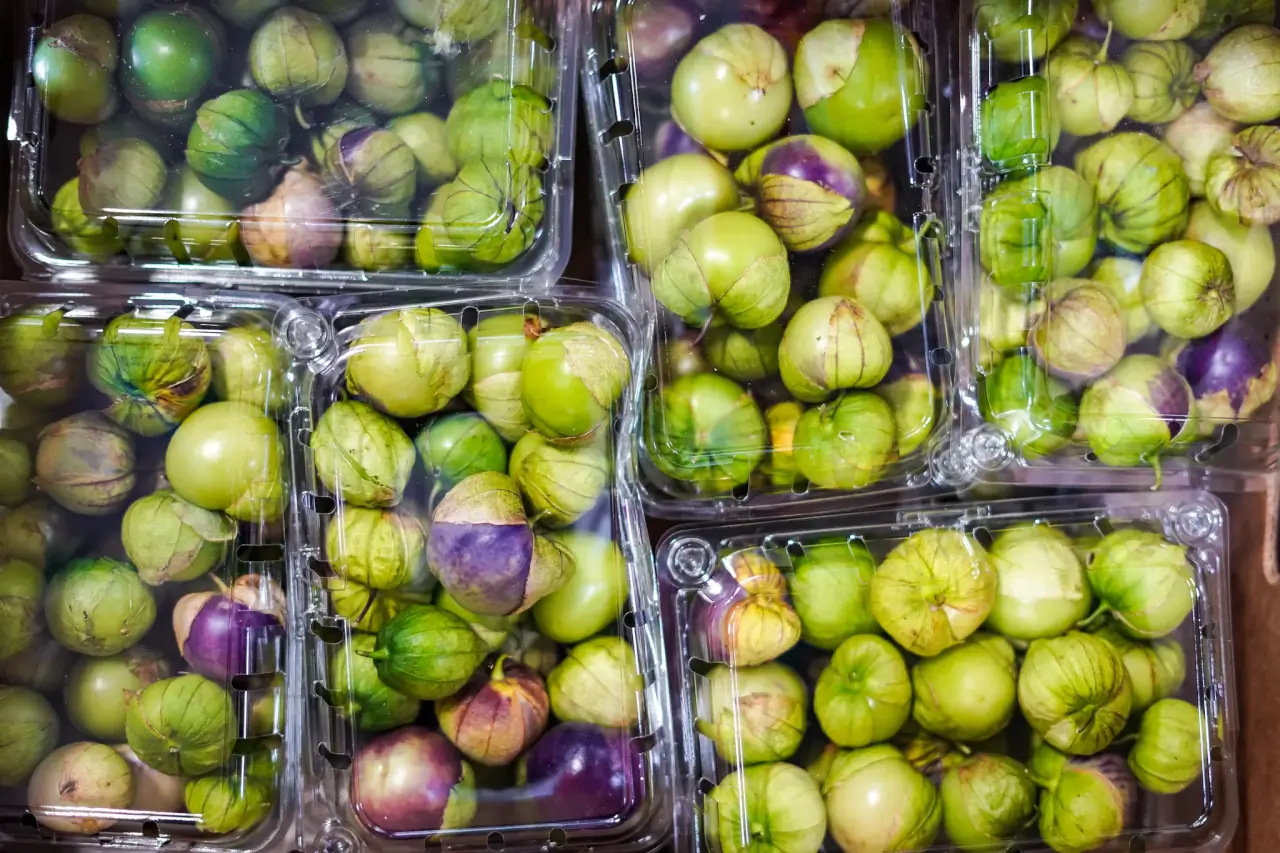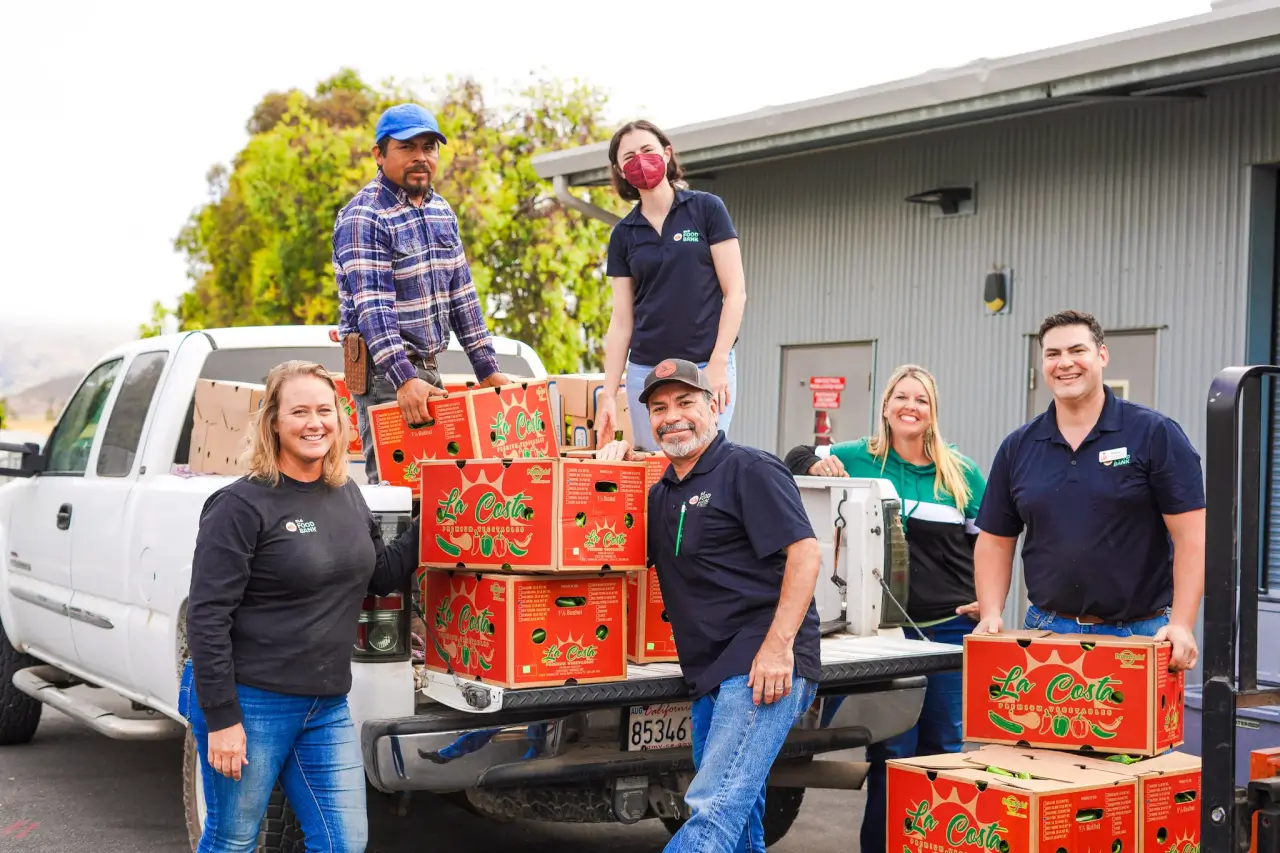This story was originally published by Modern Farmer.
Michelle Scott, the communications and development manager for the Wood Buffalo Food Bank, recalls the lightbulb moment that cemented the importance of having culturally relevant food available for their clients. A gentleman from North Africa was given a generic food hamper and he had to ask what the dried bag of pasta was, and what to do with it. “How unfair is it for us,” says Scott, “to say we are doing things to feed everyone in the community but yet people we are feeding don’t know what they are eating.”
The Wood Buffalo Food Bank, in Fort McMurray, Alberta, fed 15,000 clients in 2021 to 2022. According to Scott, the region is a hub for newcomers to Canada, and she estimates that at least half of the food bank’s clients are unfamiliar with Western food.
Scott’s realization underscores a significant challenge faced by food banks and pantries across North America: Food is more than just fuel for the body. It carries deep significance that connects individuals to their beliefs and heritage. Food banks, though, are nonprofit entities and, like the rest of us, are challenged by the high cost of food. This often means that they buy calorie-rich inexpensive products: canned soups, tinned fish or dried pasta. But, these foods are not always the only foods people want.
Feedback received by the the Ottawa Food Bank from a pilot project conducted between 2019 and 2020 indicated a desire for ethnocultural vegetables, such as okra, a traditional staple in African diets, to be available at food banks. Now, the food bank grows okra on its farm.

Similar data was revealed in a report by the Food Bank of the Rockies, which found that individuals visiting food pantries that don’t offer cultural food preferences often feel stigmatized, unwelcome and unwilling to return.
Recognizing the importance of culturally relevant food, Dan Edwards, executive director of the Wood Buffalo Food Bank, shared how it has always tried to incorporate specific items into its hampers. “We’ve made sure to add supplies for Bannock, a traditional Indigenous food, when it’s within our budget and capacity,” says Edwards. Items such as corn flour, Halal meat, lentils and spices are now added to food hampers if requested.
Crushed by negative news?
Sign up for the Reasons to be Cheerful newsletter.
In Newton, Massachusetts, the Newton Food Pantry (NFP) started offering culturally relevant foods during the early days of the pandemic. “We offered things like celery, garlic, ginger, tofu and Russian cheese,” says Sindy Wayne, board president of the food bank.
Flash forward to 2024: Client registration forms and intake reflect a significant percentage of food pantry clients as Russian/Ukrainian, Chinese (Mandarin/Cantonese speaking), and Hispanic/Latino (Spanish speaking). Each month, the NFP receives funding from corporate sponsors for 100 percent of the purchase of ethnically appropriate food.

One of those returning clients, Daniels recalls, was a woman from Guatemala who noticed that the pantry was stocking a cassava-based cracker. Excited to find an item she was familiar with from her home country, she has returned multiple times to the pantry. The pantry also stocks buckwheat flour and eggplant spread for recently immigrated Russian/Ukrainian clients.
Feeding America reports that of the 47 million people in 2023 who experienced food insecurity, 14 million self-identified as Latino, and more than nine million Black Americans could not access enough food to lead healthy active lives. In Canada, Statistics Canada reports that 28.6 percent of Canada’s Indigenous population 15 years old and older (excluding those living on reserve and in Canada’s three northern territories) experienced food insecurity at some point in 2022.

“There are so many different cultures throughout the United States,” says Molly Kern, chief executive officer of the SLO Food Bank in San Luis Obispo County, California. “What mattered most to us was listening to our community and understanding what their needs were.” Staff at the food bank spoke with nearly 350 community members, finding out what challenges they had accessing food, and, most importantly, what role food plays in their lives. The feedback they received was incorporated into the food bank’s 2023 to 2028 strategic plan.
“Regardless of cultural background, a big trend was looking for fresh fruits and vegetables,” says Kern. In San Luis Obispo county, the population is slightly over 280,000. Between 2010 and 2022, the Hispanic/Latino community grew 3.3 percent to become almost a quarter of the area’s overall population at 24.1 percent. Dried beans, fresh chilis, onions and tomatillos, as well as fresh tortillas, are items familiar to Latino traditions and rank high on the list of foods that are available on food pantry shelves.
Modern Farmer is a nonprofit initiative dedicated to raising awareness and catalyzing action at the intersection of food, agriculture, and society. Read more at Modern Farmer.
The post How Food Banks Are Making All Feel Welcome appeared first on Reasons to be Cheerful.




